Have you ever attended a disc dog tournament? The agility and boundless energy of those flying canines are inspiring. Do you think your dog has what it takes to enter a competition? Or are you just looking for a fresh outlet for your dog’s restlessness? Dog frisbees not only provide exercise and stimulation for your dog, but they also entertain and involve you, increasing the bond you share with your furry family member.
Frisbees
First, a little clarification. Just as with Q-tips, ketchup, and baby powder, the word “frisbee” is trademarked to one company (Wham-O). However, since “flying disc” doesn’t roll off the tongue, frisbee fell into everyone’s general vocabulary. So while brands have to use other descriptions, most people refer to them as dog frisbees. (This is also why tournaments use the description “disc dog” – no copyright infringement)
All dog frisbees share the same characteristics:
- An approximately round shape
- Flat surface
- Typically bright colors
Disc Dogs
Disc dog tournaments take dog frisbees to the extreme. These dogs make snatching a flying object out of mid-air into an art form. While you might consider keeping one frisbee on hand for afternoon play, the constant bite pressure of tournaments demands that owners of competitors retain a stock of DOZENS.
Typical disc dogs love to fetch (obviously). They also share common characteristics of high energy levels and a weight of less than 50 pounds. The most common breeds seen at tournaments include:
- American Pit Bull Terriers
- Australian Cattle Dogs
- Australian Shepherds
- Belgian Malinoises
- Border Collies
- Boxers
- Bull Terriers
- English Whippets
- Golden Retrievers
- Labrador Retrievers
- Weimaraners
- Whippets
That doesn’t mean other breeds get excluded. Smaller dogs – particularly high-energy breeds, such as Jack Russell Terriers – have just as much chance at participating as the standard entrants. If your dog shows a penchant for dog frisbee, consider entering a local tournament.
Rules for Playing With Dog Frisbees
If you’re new to the dog frisbee game, keep some things in mind before you hit the backyard. Frisbees don’t behave like balls or toys used in standard games of fetch. Safety needs to stay at the forefront of your mind.
- Stay in fenced areas. Dog frisbees cover A LOT of ground. You don’t want your dog to accidentally run into traffic chasing down that disc.
- Choose grassy regions. Your dog’s going to be pounding the pavement (so to speak) and jumping. You want to cushion their joints during that activity, and the grass is the softest option.
- Keep to isolated play areas. Especially when your dog’s first learning the dog frisbee game, you don’t want them to fight with other dogs. Skip the dog park and other public areas.
- Stop immediately if you suspect an injury. Have you ever sprained an ankle and continued to run or play? How dumb an idea did that turn out to be? (Yeah, speaking from personal experience here) Don’t let your dog go through that. End the game and set up an appointment with the vet.
- Put the dog frisbee away after playtime. Dog frisbees don’t hold up to chewing. You don’t want to risk your dog swallowing pieces or cutting their gums on sharp edges.
Disc Dog Training
Do you feel your dog has what it takes to enter a tournament? Awesome! Just make sure you add in a couple more thoughts to keep your dog safe in the training process.
- Talk to your vet. Ensure your dog A) is healthy enough to compete, and B) gets a recommendation for the training regime. For example, your vet may suggest you start a glucosamine supplement to support their joints (prevention is just as important as treatment). They’ll also warn you about potential problems to watch for.
- Be smart. You know better than to work out without proper care. The same applies to your dog: avoid hot days, give them breaks, provide plenty of water, and let them relax afterward.
- Limit training time. If you’ve ever trained for a marathon or other sport, you know you build up to your final distance gradually. Hitting the pavement for a full marathon on day one never works. Instead, start slow and then increase the training time over several weeks.
Choosing a Dog Frisbee
Your choice of dog frisbee depends on a lot of different factors. Are you aiming for disc dog tournament glory? Do you just want to give your dog a new way to play fetch in the backyard? Is there a pool or other body of water nearby? How strong is your throwing arm?
It’s a lot to consider. But, on top of that, you also need to keep the following in mind.
- Material: Do you want a soft, flexible dog frisbee, or are you looking for rigid plastic? Either is fine, but the material needs to be durable. A cheap plastic frisbee from the toy section of a department store ISN’T suitable. It’ll shatter in your dog’s teeth, and they might swallow the pieces or cut their mouth.
- Size: Larger dogs handle most dog frisbees without a problem. If you have a small breed dog, though, you need to think about the width and weight of the disc. Can your dog catch and carry the frisbee without a problem?
- Color: Most dog frisbees come in bright colors for visibility. Make sure you select a color or pattern that’ll work best for you.
- Flotation: If you’re near any kind of water, you need to make sure your dog frisbee floats. Even if your dog can swim, your dog may have trouble retrieving it if the disc sinks to the bottom of the pool. (And guess who gets to recover it then)
While you’ll see the word pop up on many brands, please retain this one fact:
There is NO SUCH THING as an indestructible dog frisbee!
No matter how much you spend or how durable the materials may be, every disc gives out eventually. So please don’t fall for the hype.
Best Dog Frisbees
No matter the activity you’re looking to participate in, there’s a dog frisbee out there for you. Consider how sensitive your dog’s mouth is, their size, and their prowess with the game of fetch (our dog doesn’t understand why we throw things across the yard). You can always start with a basic frisbee and move up as your dog gains experience.
Best Flexible Fabric Dog Frisbees
Flexible dog frisbees provide advantages that appeal to a lot of owners. They have GIVE when your dog bites down, making them more durable. They’re also less expensive and easier to find. However, they’re less aerodynamic than rigid dog frisbees, so you won’t get the beautiful, long, arcing throws you’re envisioning. They’re also not as accurate to throw, especially when you choose the fabric style. If you’re just starting, though, and you and your dog are learning how frisbees work, flexible fabric dog frisbees aren’t a bad choice.
The Booda Tail-Spin features an outer ring of rubber tubing with a durable cloth interior. Lightweight and flexible, you have the option of three different sizes, catering to dogs of every type. The rubber tubing keeps the dog frisbee afloat in case of tosses onto the water and protects your dog’s mouth from possible injuries. Best of all, it’s inexpensive, making it an excellent option for newbies.
Downside? The cloth tears pretty easily, especially with larger dogs or extremely excitable dogs.
The Good
- Outer ring of rubber and durable cloth interior
- 3 different sizes
- Stays afloat
The Bad
- Cloth tears easily
Do you want a little more aerodynamics? Chuckit! provides the answer. Multiple layers of nylon settle into raised sides that give an aerodynamic design. Even if your throwing arm isn’t accomplished, the frisbee flies like a pro. The smooth rubber edge stays comfortable in your dog’s mouth and keeps the disc floating on water. Two sizes cater to dogs of varying breed, while three bright colors keep the frisbee in sight at all times.
The downsides? The nylon doesn’t hold up against chewers (never leave the frisbee unattended!). Also, the dog frisbee wasn’t very durable. While it isn’t expensive, it’s up to you whether you want to keep replacing the disc.
The Good
- Multiple layers of nylon
- Smooth rubber edges
- 2 different sizes
The Bad
- Nylon won't hold up to chewers
- Not very durable
If you want to make sure you’ll never lose your new dog frisbee, Hyper Pet is the option for you. With an array of bright colors and patterns (including this stunning eyeball), you’re guaranteed to keep the disc in sight at all times. The nylon fabric shell surrounds soft rubber. Both stay gentle, whether in your dog’s both or getting bounced against the furniture. The disc floats on the water, making retrieval a breeze.
So what are the downsides? Unhappily, the nylon isn’t durable. Also, larger dogs tended to destroy this dog frisbee faster than smaller dogs.
The Good
- Nylon shell surrounding soft rubber
- Floats on water
The Bad
- Not very durable
- Large dogs tend to destroy this dog frisbee quickly
Best Flexible Rubber Dog Frisbees
If you’re frustrated by the lightweight struggle of fabric dog frisbees, rubber options fill the next step on the ladder. These discs are still flexible and soft on your dog’s mouth, but they’re heavier and allow for more control during tosses. Just keep in mind: they’ll also fall faster with that extra weight. If you started with fabric, you’ll need to adjust your arm accordingly.
Are you still concerned about aerodynamic flight? IMK9 thought of you. The natural rubber disc features a groove design that keeps it flying longer and on course. Knowing the rubber WON’T hold up against chewers, IMK9 offers you an awesome bonus: a lifetime guarantee. Whenever your dog destroys their frisbee, send it in and choose from a refund or replacement. That’s a fantastic compromise to a downside!
Downside? When this dog frisbee hits the ground, it rolls. Just watch where you’re playing to make sure it doesn’t get lost in the hedge.
The Good
- Natural rubber with groove design to improve flight
- Lifetime warranty (Refund or replacement)
The Bad
- Determined chewers can destroy (but you have that warranty)
- Rolls when it hits the ground
Do you want to start your disc dog dreams out early? KONG has you covered. The special rubber formula not only cushions soft puppy mouths but also eases teething! Three different sizes suit every breed, and an array of colors keep the dog frisbee visible. The lightweight design ensures the entire family can play with your puppy.
The downsides? Heavy chewers CAN destroy the soft rubber, so don’t leave the dog frisbee unattended. Also, the design makes this particular disc floppy, so it doesn’t always fly straight. It may not be the biggest concern, but keep it away from water – this dog frisbee won’t float.
The Good
- Special rubber formula eases teething
- 3 different sizes
- Lightweight design
The Bad
- Determined chewers can destroy
- Doesn't fly straight
- Doesn't float
The Best Rigid Dog Frisbees
If you’re aiming for a disc dog championship, a rigid plastic dog frisbee is in your future. They throw further, and they’re the best for mid-air catches. You get greater accuracy in your throws (once YOU practice) with a much longer glide. However, you need to keep some things in mind. They’re expensive, and they’re breakable. You’ll have to check your frisbee for punctures regularly and replace worn discs. Aim for top-of-the-line dog frisbees labeled “puncture-resistant” or “bite-resistant.”
Yes, Aerobie used the word “indestructible.” While we know that means nothing, the durable plastic IS puncture-resistant and holds out against tears. The aerodynamic design keeps the dog frisbee flying in predictable patterns, so your dog has no problem catching it mid-air. Best of all, the cost won’t break the bank.
Downside? The dog frisbee only measures 8 inches across, which is on the small side for larger dogs.
The Good
- Puncture- and tear-resistant durable plastic
- Aerodynamic design
The Bad
- On the small side for large dogs
Hyperflite caters to the true disc dog. This dog frisbee IS a competition disc designed for the longest, smoothest, most perfect arcs. The puncture-resistant heavy plastic guarantees durability and adds weight that makes for faster throws. You might need a little extra practice to get the hang of using this frisbee, but you’ll look like a pro once you get the knack!
The downsides? The sturdy plastic CAN damage your dog’s teeth. Also, the extra weight means the disc will sink FAST in water. And, unhappily, there’s just one size, so small dogs might struggle with retrieval.
The Good
- Puncture-resistant durable plastic
- Added weight for faster throws
The Bad
- Sturdy plastic may damage dog's teeth
- Only 1 size, which may be too large for small dogs
- Doesn't float
West Paw uses BPA- and Phthalate-free plastic in the construction of their dog frisbee. The durable disc prevents tearing and resists your dog’s bite. In fact, West Paw’s confidence extends to a 100% money-back guarantee against damage. Three brilliant colors mean you won’t lose the disc, no matter how far you throw it.
So what are the downsides? The Zisc is heavy, which made it difficult for smaller dogs to handle. Also, people with strong chewers complained their dogs destroyed the disc (guarantee or no guarantee). And while sturdy, a few throws, and the disc turned slimy with dog slobber (you decide whether or not that’s a downside).
The Good
- BPA- and Phthalate-free plastic
- 100% money-back guarantee against damage
The Bad
- Determined chewers can destroy (but you have the guarantee)
- Heavy, making it difficult for small dogs
- Will become slimy after a few throws
Dogs in Flight
The beauty of watching your dog snatch a dog frisbee out of the air can’t be beaten. They leave the bounds of the earth, hovering gracefully. The coordination between the two of you strengthens your bond. Plus, it’s fun! Even if you skip a disc dog tournament, a session of dog frisbee in the backyard provides hours of entertainment for you, your family, and your dog (and likely your neighbors).
If your dog’s bored with regular games of fetch, look into stepping up the fun with a flying disc. You won’t regret it!

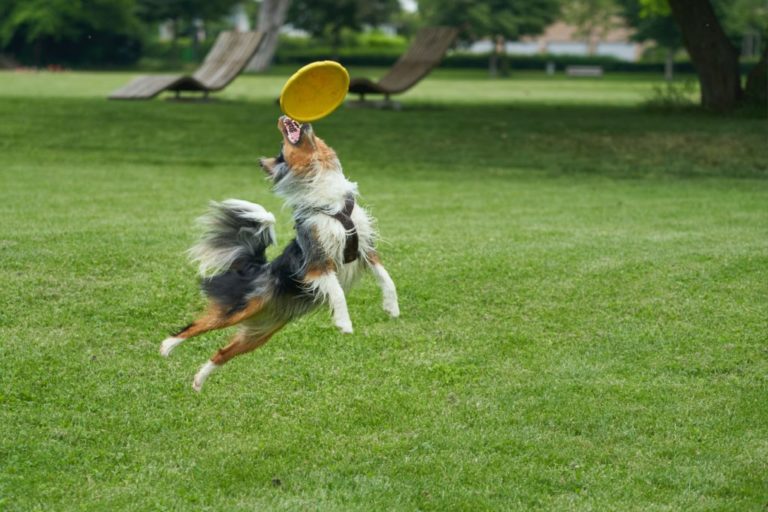
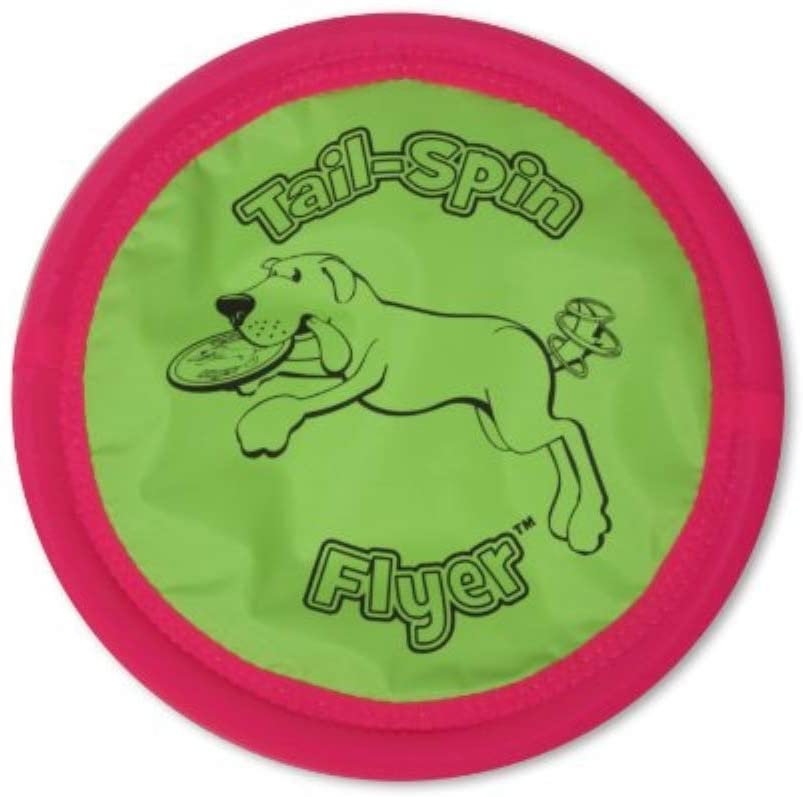
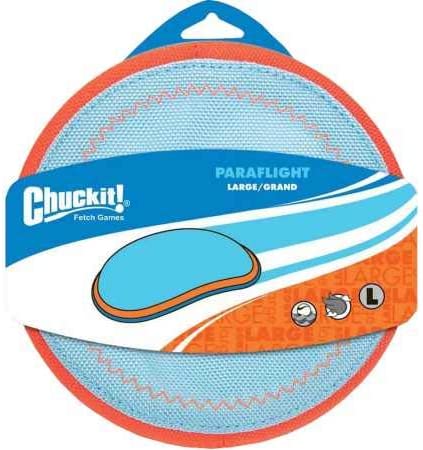
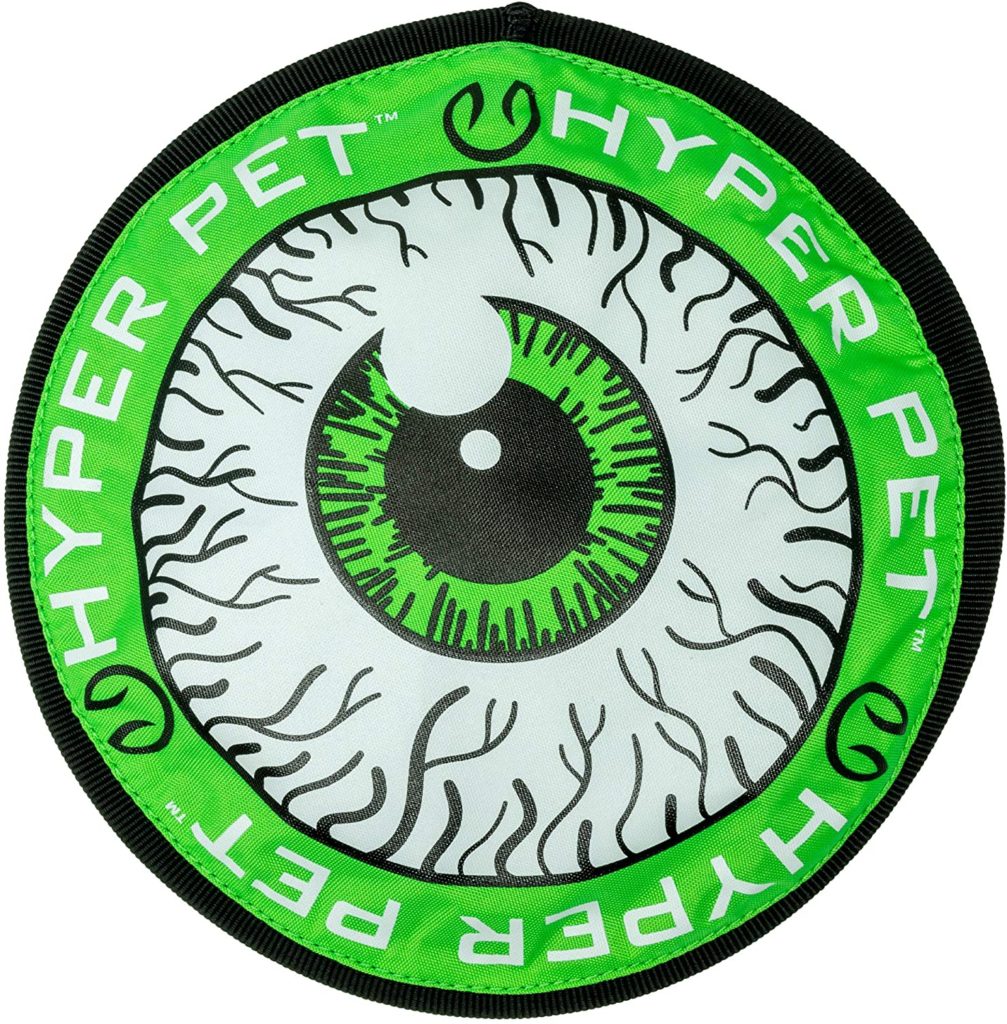
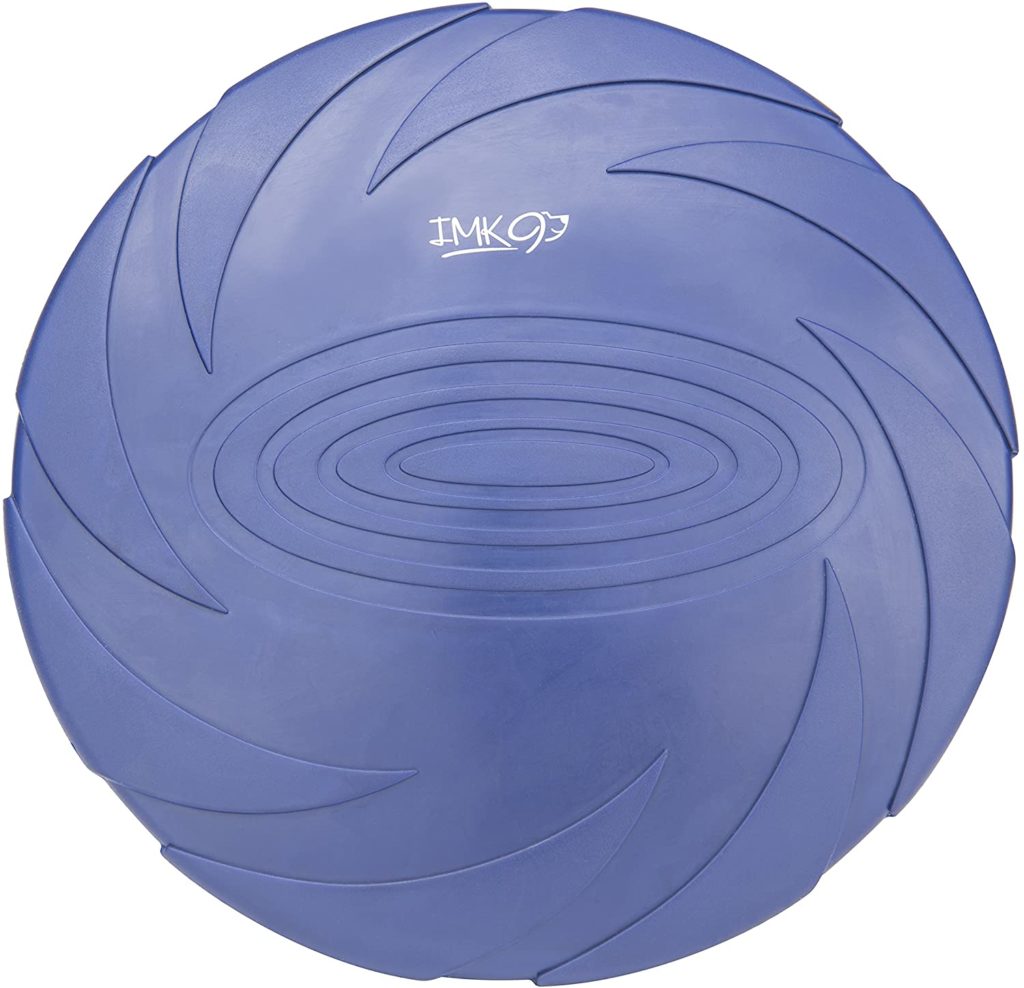
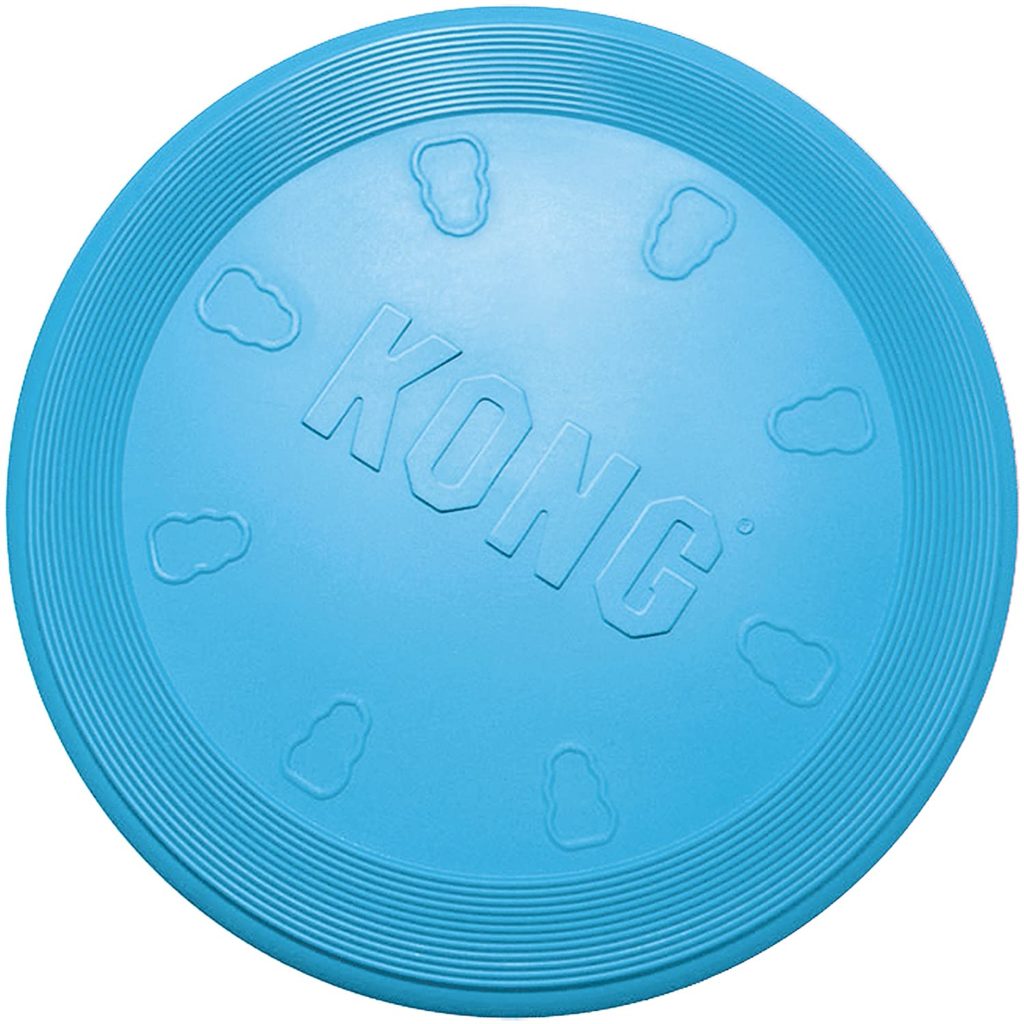
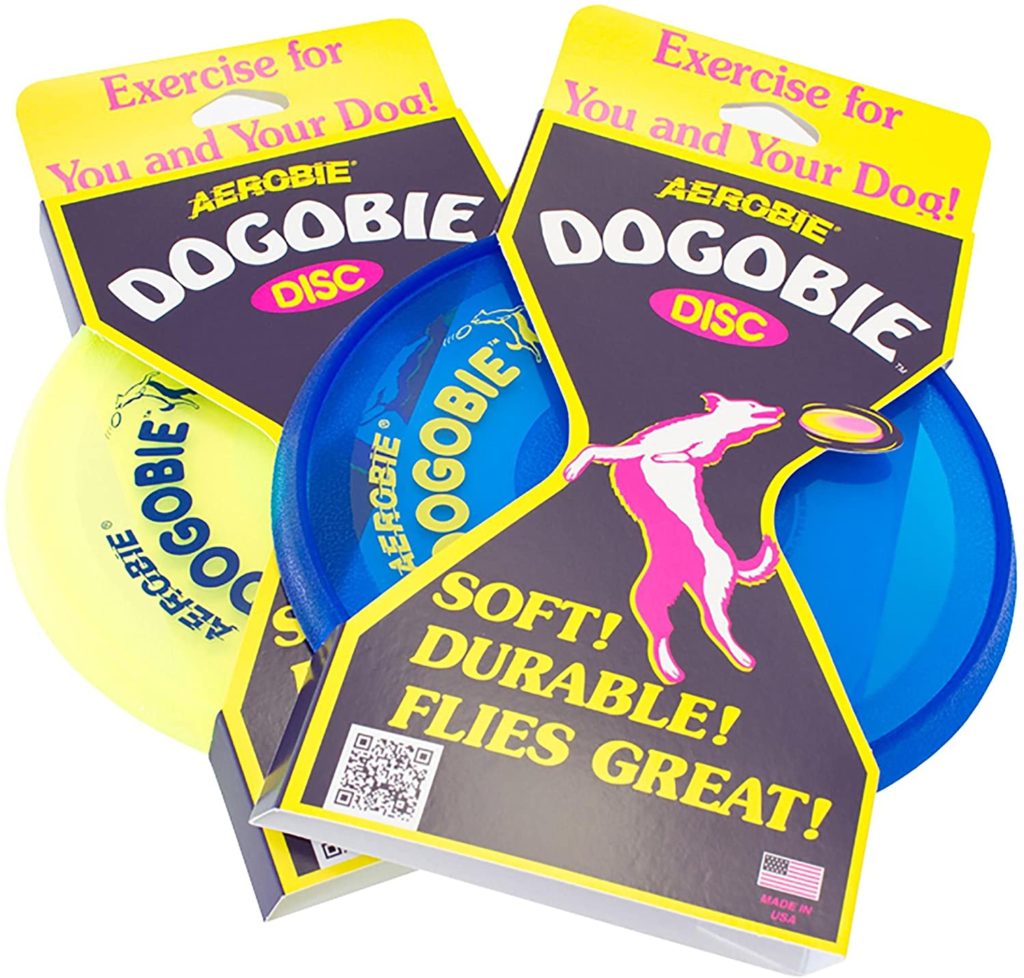
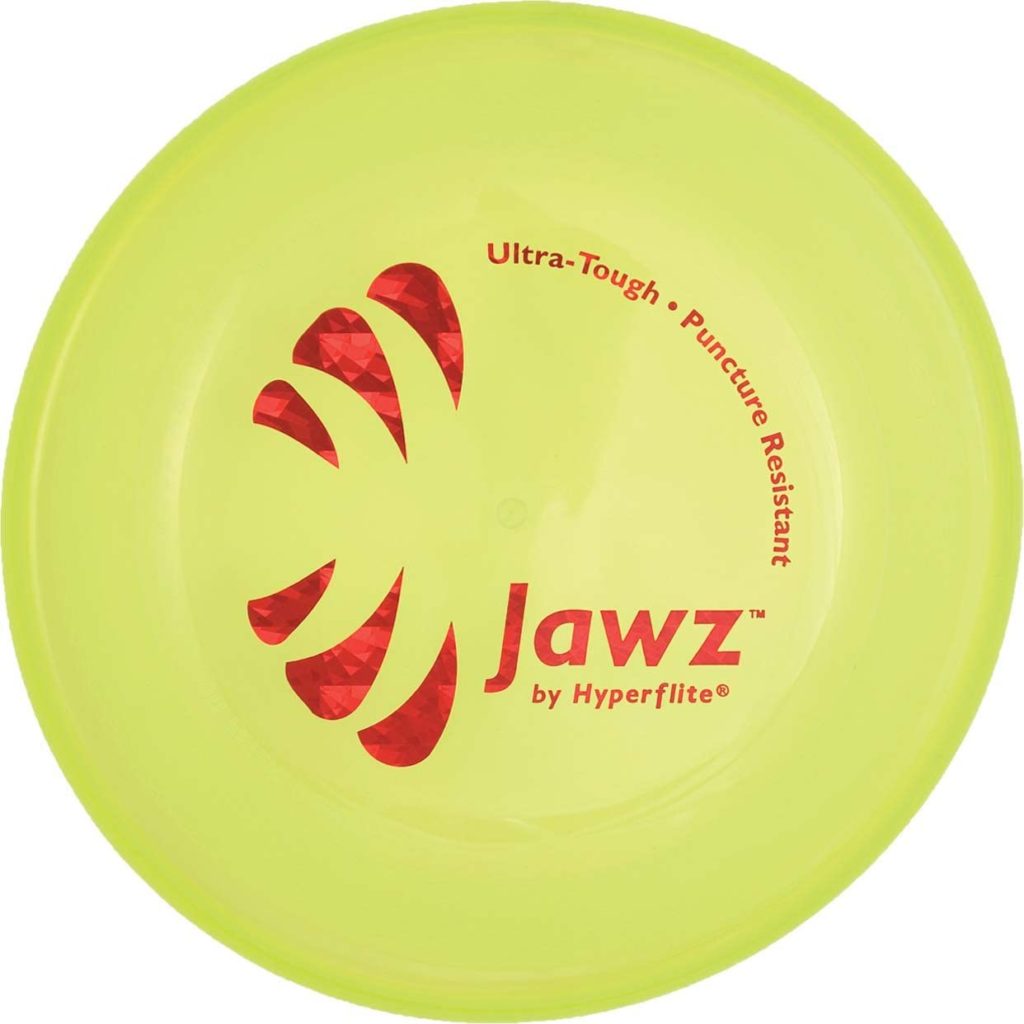
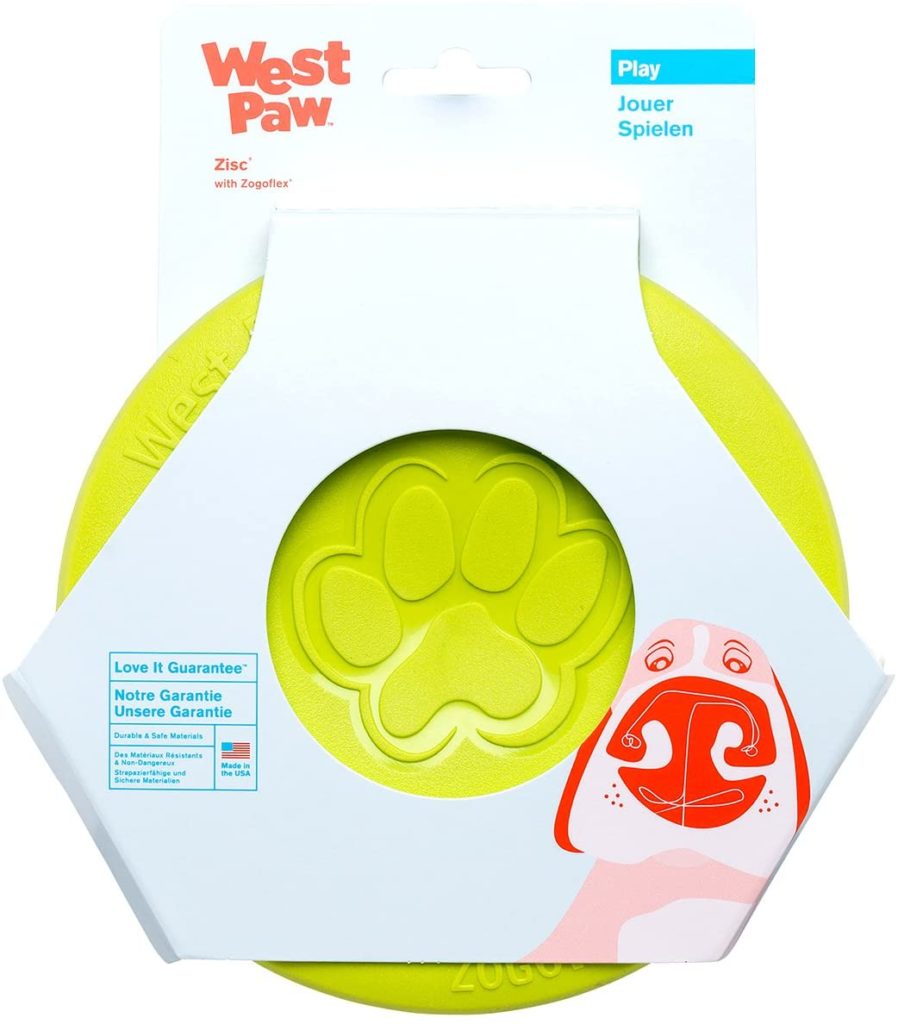
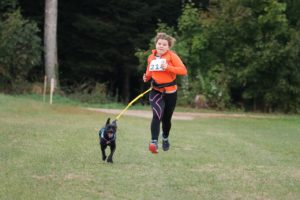
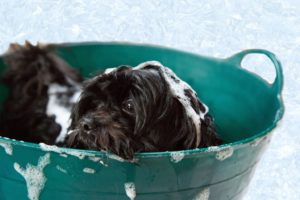
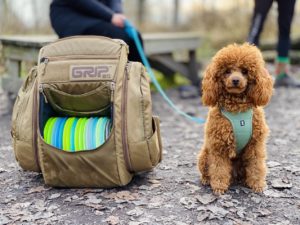

No comment yet, add your voice below!